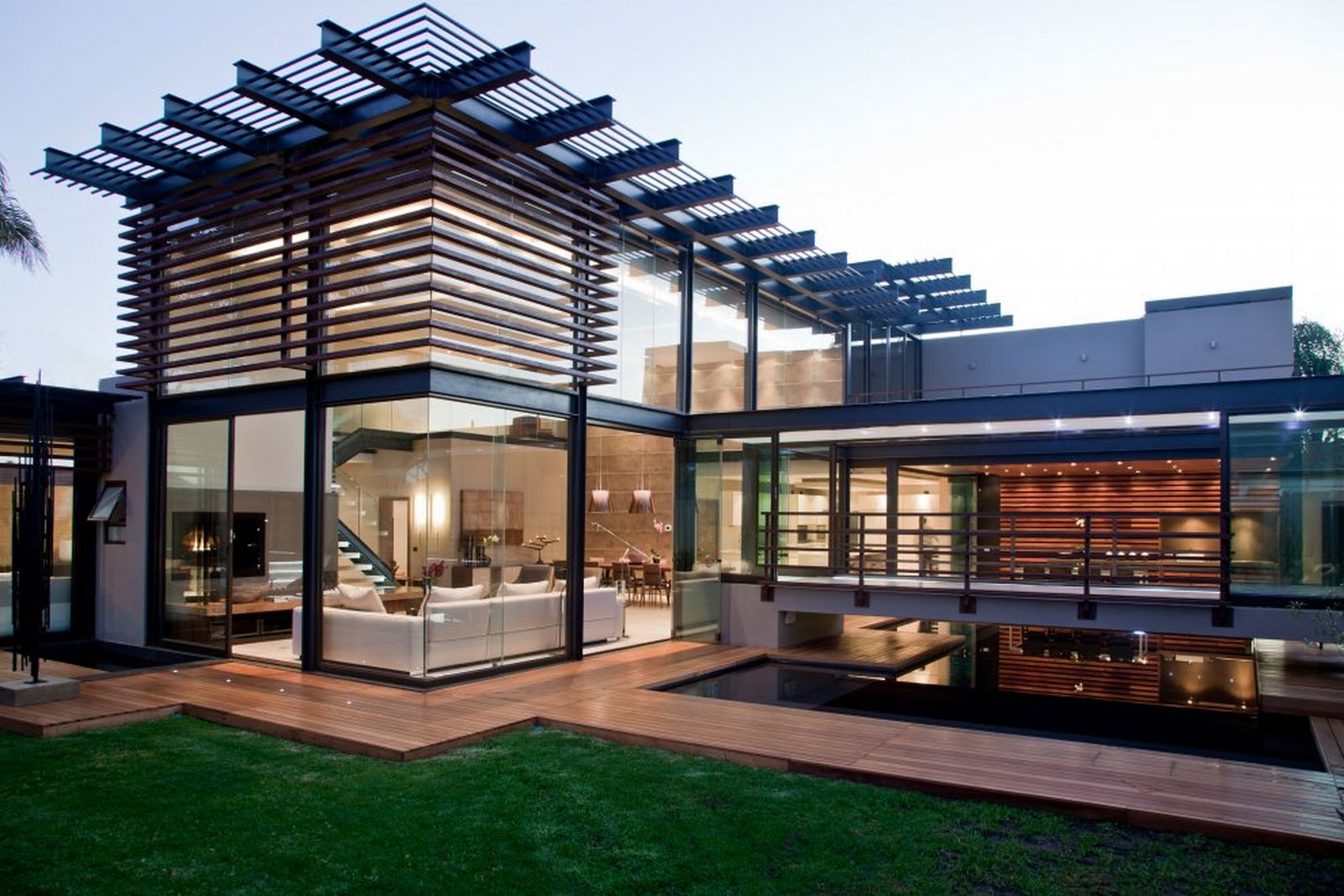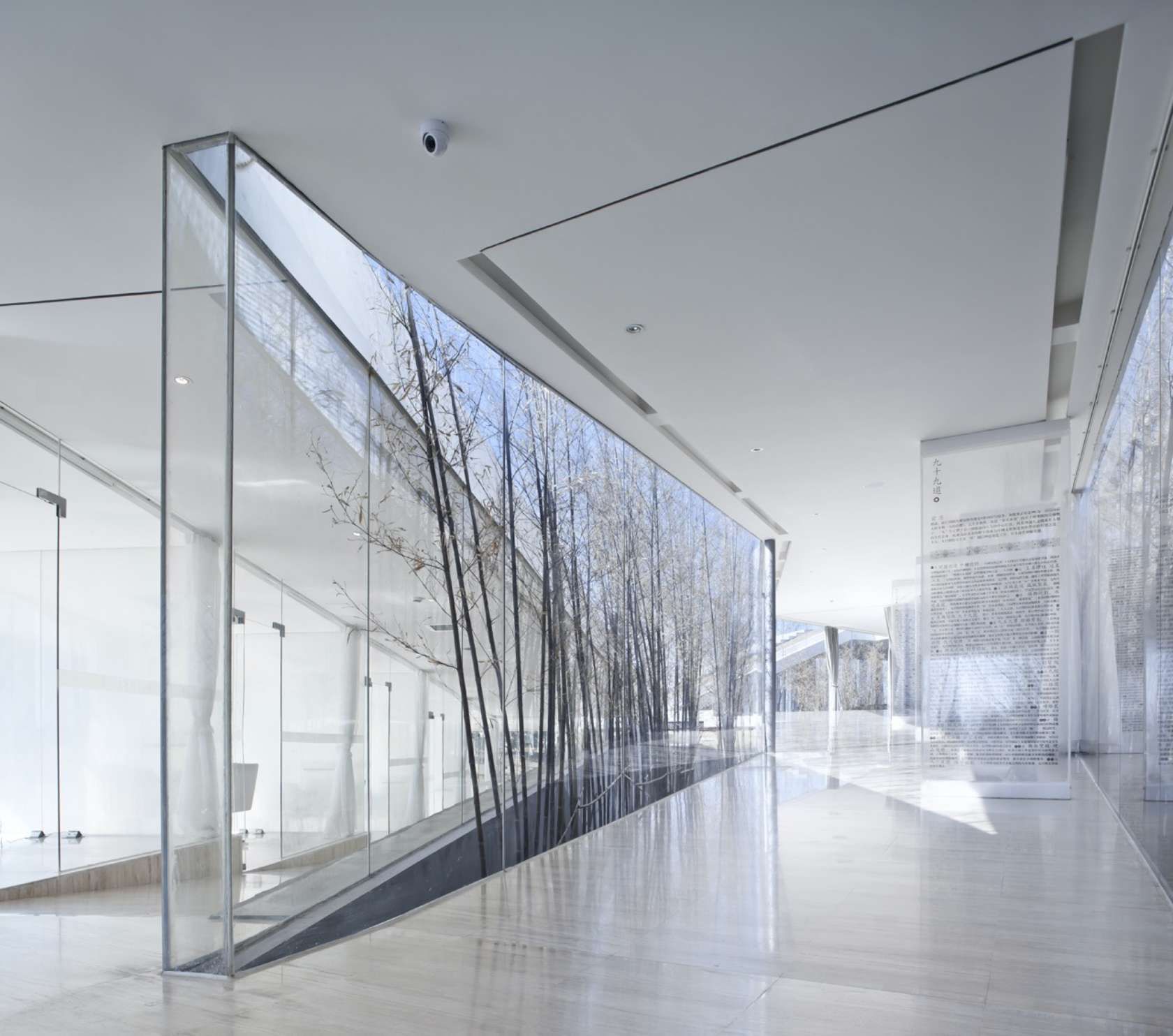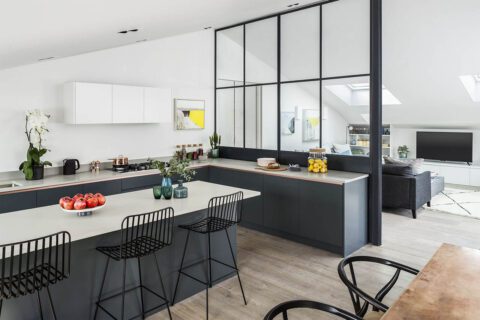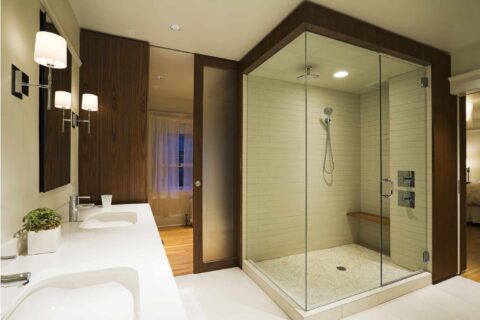Alright, let’s talk about glass in architecture. We see glass everywhere in modern buildings, but have you ever thought about why it’s so popular and how it’s used in all these cool structures? Glass isn’t just for windows anymore; it’s a key player in contemporary design and construction. Here’s why:
1. The Light Factor
First up, the most obvious use of glass: letting in light. Architects love glass because it brings in natural light, which not only saves energy but also makes spaces feel bigger and more open. There’s something about natural light that just makes a room more welcoming and vibrant.
2. The Illusion of Space
Glass has this neat trick of making spaces look larger than they are. Think about glass walls or floor-to-ceiling windows. They blur the line between indoors and outdoors, expanding the perceived space. This is super useful in urban areas where space is a premium.
3. Energy Efficiency and Sustainability
Modern glass technology has made leaps in energy efficiency. We now have double-glazing, low-emissivity (low-E) coatings, and even smart glass that can change its properties to optimize for light and heat. This means glass buildings can be energy efficient, maintaining a comfortable indoor climate while reducing the need for artificial heating and cooling.
4. Structural Uses
Glass isn’t just for looks; it’s also used structurally. We’ve got things like glass bridges, glass staircases, and even glass floors. Engineers have developed strong types of glass that can safely bear loads, adding a wow factor to many modern buildings.
5. Aesthetic Flexibility
Glass is like a chameleon in architecture. It can be molded into various shapes and sizes, and with different tints and textures, it offers a lot of aesthetic flexibility. Architects use glass to create everything from sleek, minimalist designs to intricate, eye-catching façades.
6. Blurring Indoor and Outdoor Boundaries
Modern architecture often aims to connect the indoors with the outdoors, and glass is perfect for this. Large glass panels offer uninterrupted views of the outside, making nature a part of the interior experience.
7. Safety and Security
Today’s architectural glass is not just about beauty and efficiency; it’s also about safety and security. Tempered and laminated glass options provide increased safety, reducing the risk of injury in case of breakage. They also offer better security against break-ins.
So, there you have it. Glass in modern architecture isn’t just about filling a hole in the wall for a window. It’s about light, space, efficiency, and design. It plays a massive role in how buildings look, feel, and function. From towering skyscrapers to cozy homes, glass helps shape the spaces we live and work in, and its role in architecture is only getting bigger and more innovative.



